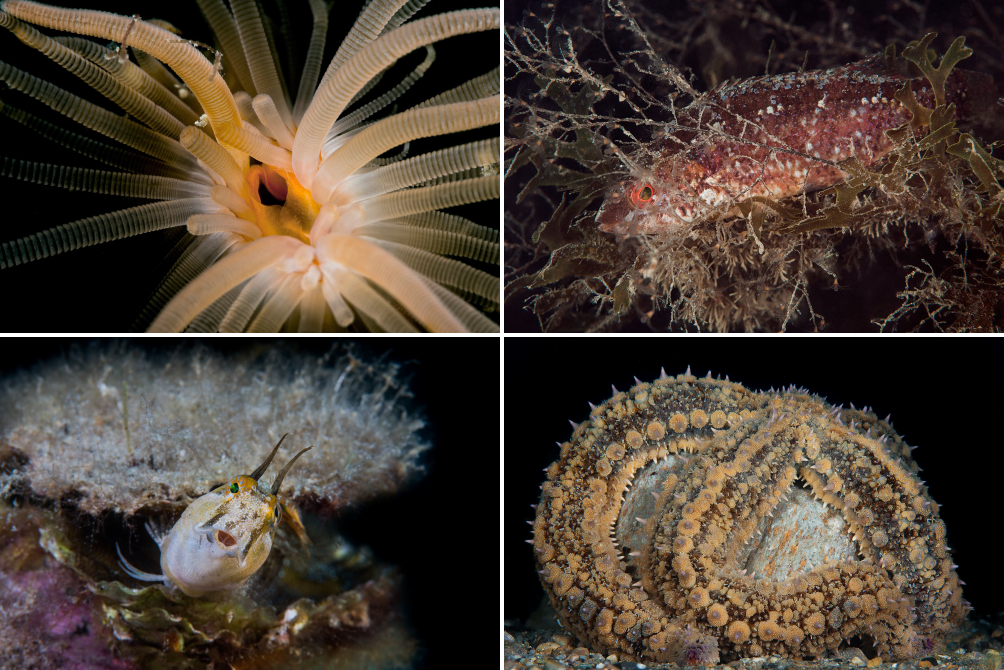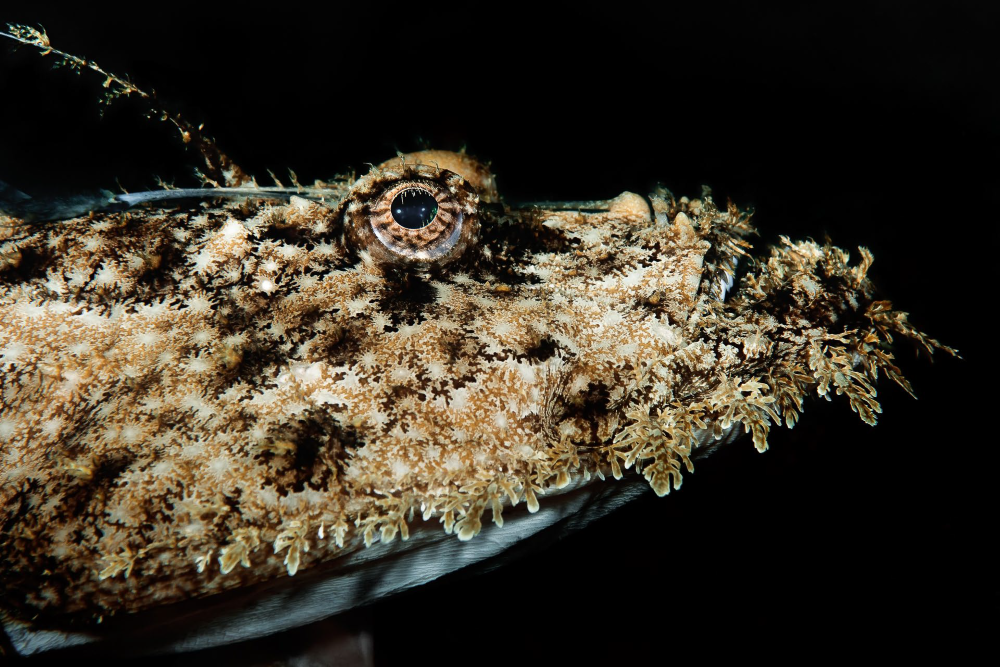
The city of Noli is located on the Ligurian coast of the Riviera di Ponente (Western Riviera), in a cove bordered to the east from the Island of Bergeggi and southwest by the namesake cape, and is easy to reach from the highway exit of Spotorno, a few kilometers from Savona. Ancient Roman town, it was a Maritime Republic retaining the charm of a medieval village, full of palaces and historical monuments, dominated by the sixteenth-century Monte Ursino Castle and with an historic center still surrounded by ancient walls.
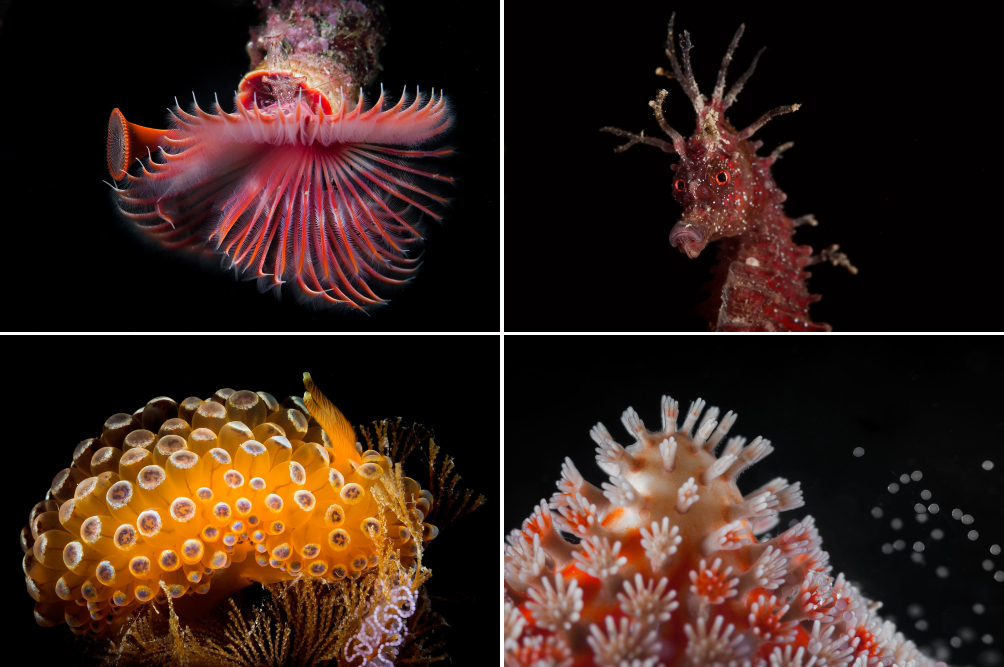
For diving at Capo Noli, you can take advantage of the dive center located directly on the beach. Riccardo and Giampiero by Divenjoy – www.divenjoy.it – propose, in addition to shore diving, to reach the nearby island and protected marine park of Bergeggi by dinghy, and other dive sites such as the “Stars’ Shoal” and the “Black Coral”, among the most beautiful and rich in life dive spots of the Riviera di Ponente. What made me fall in love with this site, together with a large group of underwater photographers who, regardless of the weather conditions dive almost every week throughout the year, is the chance to walk a few meters from the diving center, where we find all the comforts of a well-equipped structure, and start diving.
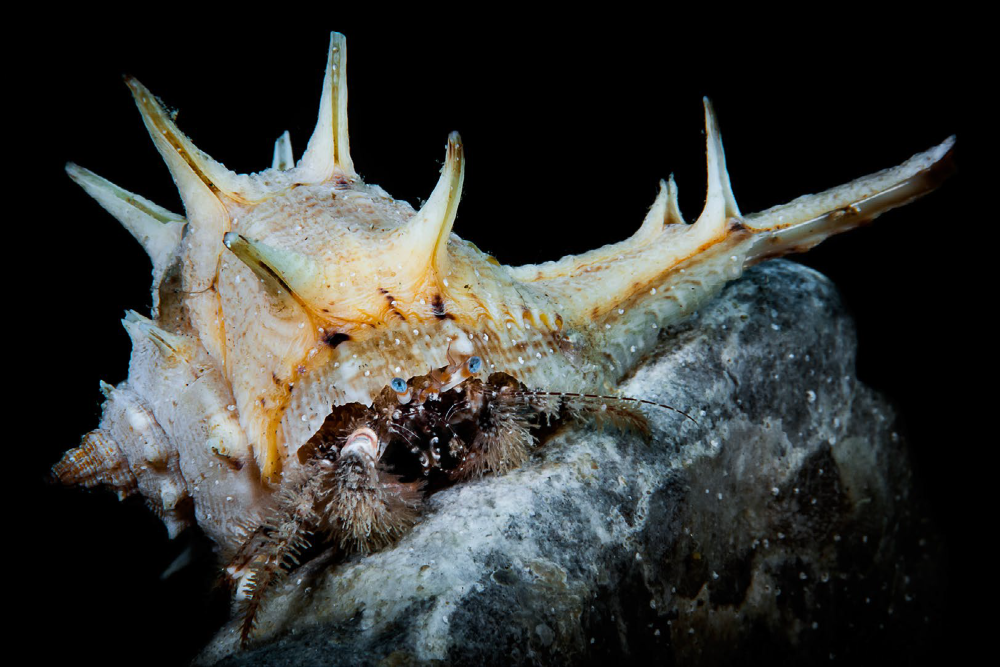
Without constraints of time, of group (except a buddy), of predetermined dive time, we retrieve what is essential to an underwater photographer, namely the proper time. Time to search; time to experiment; time to feel at one with the sea and its inhabitants. The classic dive called “Three Rocks”, right in front of the dive center, offers a sandy bottom where the few scattered rocks concentrate benthic life and provide shelter to a large variety of organisms. The dive starts from a first platform dropping gently to 5-6 meters (ideal for decompression) followed, after a landslide ridge, by a second floor starting at 15 meters to arrive, in a slightly degrading way, up to 30 and over. The other entry point from the beach, about 50 meters south, is called “Third steeper” than the first, leads up to the plain directly at 35 meters. At a first glance, the sandy bottom seems less populated than a rocky one but, at Capo Noli, this is just an impression.
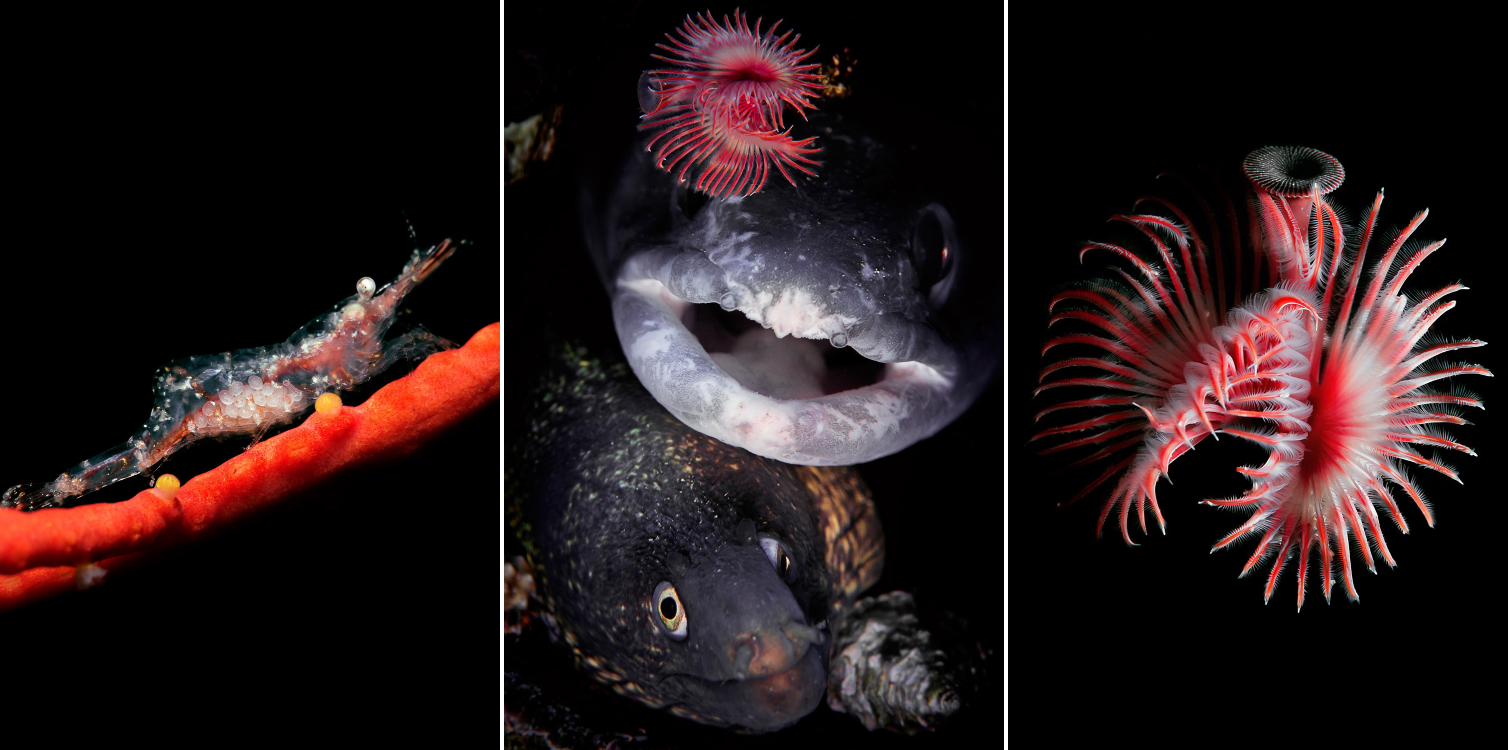
The saying coined by Milanese photographer Walter Bassi, “Sabbione delle Meraviglie” (the great sand of wonders) to indicate the seabed of Capo Noli, now famous in the Italian underwater photographers’ community, expresses in an excellent way what can be seen in this small stretch of sea. Homebred paradise of biodiversity, thanks to the sheltered position and the game of currents, it hosts during various times of the year many species of fish and marine organisms. From sunfishes to anglerfishes, from dense sardines’ shoals to hunting amberjacks, nothing is missing for wide-angle shooting. But the real treasure opens to macro photography with Mediterranean skeleton shrimps, countless varieties of nudibranchs, shrimps, feather duster worms, red tube worms, to name a few. During periods of mating and eggs laying, it is possible to encounter males of wide-eyed flounders competing for territory, blennies taking care of their eggs, Apogon dads keeping eggs in their mouth or seahorses with the full pouch.
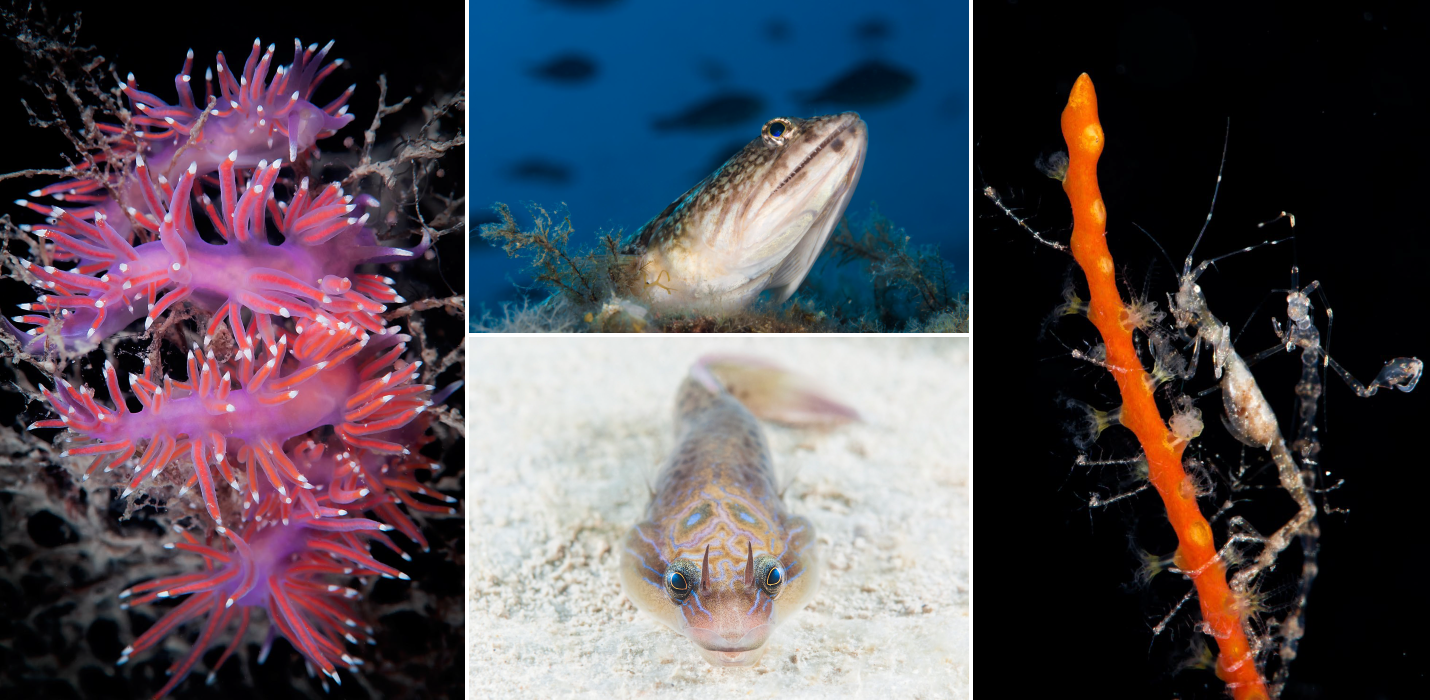
What I like most about this piece of paradise for underwater photography is, as mentioned, the possibility to bind to a stretch of sea managing own time autonomously. Knowing thoroughly the seabed and the life that inhabits it, allows deeply relaxing diving in an environment that, dive after dive, becomes a kind of second home. You are no longer a stranger for the short time of your cylinder and for the tour imposed by your guide, trying to “steal” pictures as a fleeting tourist, but you become part of a space: you know it; respect it; you belong to it. At that point, every small difference in the behavior of organisms will leap to your eye. And when you deepen, you can find yourself in front of a starfish throwing its eggs in the infinite blue at that time, see a hidden octopus caring for its eggs, or follow the hunting of lizardfishes chasing young damselfishes. With dives that last longer than two hours, you can also afford to study the best positions and lighting, thereby making photographically interesting also those subjects seemingly common and “trivial”.
At Capo Noli, everything can happen. You can dive there hundred times, discovering each time some new form of life. Therefore, hurray for the “Sabbione delle Meraviglie”, our second home.
WORDS and PICTURES by Lorenzo Terraneo
